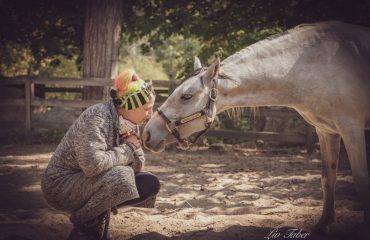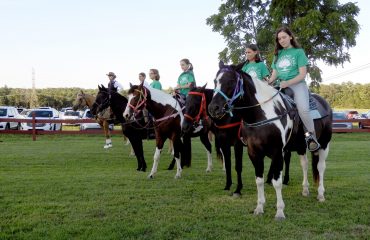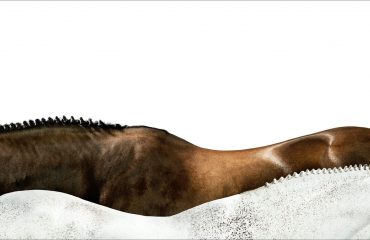By Vasco Flores
What are some important things you learned about running a barn while you were working for Georgina Bloomberg?
We live in a fast-moving world that demands extreme organization and planning. At Gotham Enterprises, I was extremely fortunate to learn from the best in our industry. Our sport requires multiple horses to constantly compete at the highest level. Georgina and her team showcase that looking into the future and being the most prepared will bring all the success inside the show ring.
What’s the key to developing a successful show jumper?
Understanding each horse’s purpose. Not all horses are equipped to be five-star winners. It’s our responsibility as professionals to identify what level and what rider would work best for each horse. When that question is answered, the development of the horse evolves in harmony.
Patience and simplicity are big in my book. Horses are creatures of habit, so by repetition you can achieve great things with a horse. At the same time, we can give them comfort throughout the process and a sense of accomplishment that they will grow from and become better competitors. 
What should a rider look for in a horse when looking to purchase a jumper?
These days the calendar year requires so much from horse and rider that good to excellent conformation is key. A well-built horse will surpass the test of time more likely than not.
Quality of stride is another important factor. For us as riders, having a classical-strided horse makes walking most courses a fairly simple task in coming up with the correct game plan.
Desire to compete is probably the strongest factor, in my opinion. You see horses that have their own way of doing it but still manage to find a way to get the job done. Their track record speaks for itself — that shows character and that’s what champions are made of.
What characteristics do you look for in a horse when marketing it for juniors and/or amateurs? What stands out in recognizing a horse and rider as a great match?
Experience, experience and experience! At the junior and amateur level, you want the horse to exude the highest level of security for its rider.
Junior and amateur riders are at a point in their careers where they’re looking to transition into bigger goals, so giving them the best experiences possible will promote that. A horse with experience will be a helpful tool throughout this important step.
In my opinion, great matchups are when the rider and horse complement each other. Some riders thrive on horses that take the lead and show the way for softer, lighter riders, while some cases are the opposite. No matter what level, a great matchup will do well at any show and deliver great consistency throughout the year.
BIO
Vasco was born in San Juan, Puerto Rico, and began riding at the age of 12. After graduating from college, Vasco was invited to participate in a clinic held at the Centro Ecuestre de Puerto Rico with esteemed show jumping trainer Jimmy Doyle. As the most outstanding rider of the clinic, Vasco was invited to a three-day visit at Georgina Bloomberg’s Gotham Enterprises in Wellington, Florida, where he later got a job in 2012.
For the next seven years, Vasco worked at Gotham Enterprises under the guidance of Jimmy Doyle, where he had the opportunity to compete with their homebred young horses. In a span of three years, Vasco went from jumping his first 1.20m course to competing in five-star 1.60m classes.
In 2018, Vasco represented Puerto Rico at the Central American and Caribbean Games where he finished first among Puerto Rican riders and 12th overall, thus securing a spot at the 2019 Pan American Games in Lima, Perú.
Early in 2019, Vasco left Gotham Enterprises to launch his own business: Highport Stables, a full-service show jumping stable focusing on sales, scouting and training of top level horses and riders.
Photos by Four Oaks Creative













